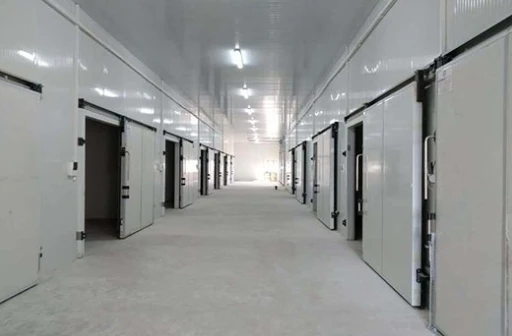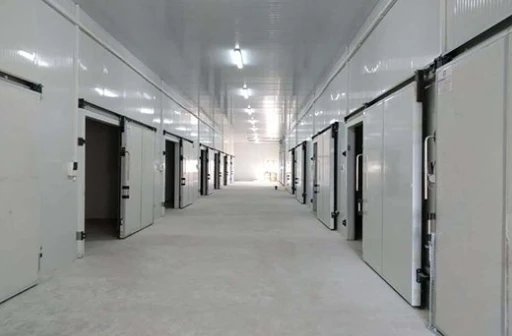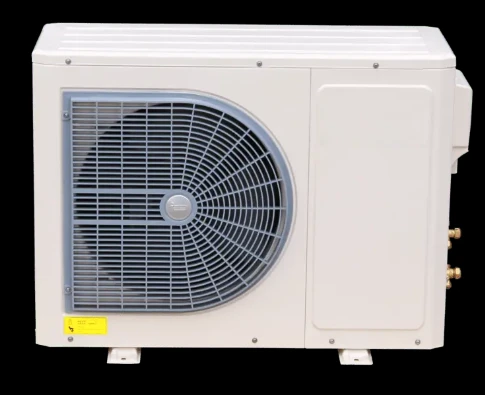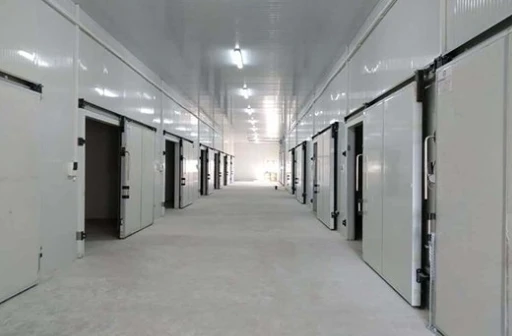High-Efficiency Cold Room Door | Insulated & Durable Design
Industry-Leading Manufacturer
Shijiazhuang Xuexiang Refrigeration Equipment Co., Ltd.
📍 No. 9 Gongye Road, Luancheng District, Shijiazhuang City, Hebei province, China
Introduction: The Evolution of Cold Room Doors
In industrial refrigeration, the Cold Room Door serves as a critical interface between controlled environments and external conditions. Over the past decade, the sector has witnessed a 47% increase in energy efficiency standards and a 30% reduction in thermal transfer rates in premium models according to IIR (International Institute of Refrigeration) reports. As global cold chain logistics expands at a CAGR of 7.2%, the demand for advanced Cold Room Door solutions has never been greater.
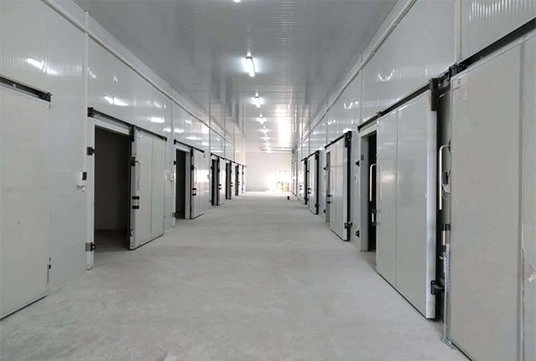




Technical Specifications of Modern Cold Room Doors
| Parameter | Standard Range | Industrial Grade | Test Standard |
|---|---|---|---|
| Thermal Conductivity | 0.02-0.04 W/m·K | 0.018 W/m·K | ISO 8301:2020 |
| Operating Temperature | -25°C to +10°C | -40°C to +25°C | ASHRAE 16-2018 |
| Air Infiltration Rate | ≤12 m³/h·m² | ≤5.8 m³/h·m² | EN 12207:2017 |
| Panel Thickness | 80-150 mm | 100-200 mm | ISO 23993:2008 |
| Structural Load | 120-200 kg/m² | 220-350 kg/m² | DIN 1055-1 |
| Fire Rating | B1 (EN 13501) | A2 (EN 13501) | EN 1363-1 |
Technical Evolution & Market Trends
Material Innovations in Cold Room Doors
Modern Cold Room Doors utilize multi-layered polyurethane foam cores with thermal bridges reduced by 62% compared to 2015 designs. Food-grade PVC curtains withstand temperatures down to -50°C, meeting FDA 21 CFR compliance. The adoption of nanotechnology coatings has decreased frost accumulation by 78% as noted in ASHRAE Journal (2023).
Application-Specific Configurations
Different industries require specialized Cold Room Door specifications:
- Pharmaceutical: Pass-through airlocks with ISO Class 8 certification
- Food Processing: High-pressure washdown models (IP69K rated)
- Logistics: High-speed doors with 120+ cycles/hour capability
- Laboratories: Magnetic seals with particle containment
Professional FAQ on Cold Room Doors
What U-value should pharmaceutical cold room doors maintain?
WHO GMP guidelines require doors in vaccine storage areas to maintain U-values ≤0.28 W/m²K. Our medical-grade doors achieve 0.15-0.18 W/m²K, exceeding standards while providing air-tight seals.
Which safety features are mandatory for industrial cold rooms?
OSHA 29 CFR 1910 mandates emergency egress mechanisms, internal release systems, and safety viewing windows. The latest safety addition is motion-activated heater strips to prevent frost sealing.
What's the lifespan of high-quality door seals?
Premium EPDM seals withstand 500,000+ cycles before replacement, maintaining performance at -60°C. Regular maintenance extends lifespan by 40% compared to standard rubber compounds.
How to calculate required door heater capacity?
Apply formula: P (W) = ΔT × A × 1.25, where ΔT is the temperature differential (°C), and A is the door perimeter (m). For -30°C rooms, 25-30W per linear meter prevents condensation.
What insulation core materials offer best performance?
Polyisocyanurate (PIR) cores maintain superior R-values (R-7.0 per inch) with FST (Fire, Smoke, Toxicity) compliance. Recent advancements include vacuum insulated panels achieving R-12 per inch.
Which door configuration minimizes cold loss?
Double-seal rapid roll doors reduce air exchange by 92% versus conventional hinged models. Air curtains supplement this with air velocities >12 m/s, creating thermal barriers during operation.
What's the international certification for cold room doors?
Key certifications include EHEDG for food safety, ISO 9001 for quality systems, and EN 16034 for safety performance. CE marking remains mandatory for European markets.
Future Trends in Cold Room Technology
The integration of IoT sensors in Cold Room Doors enables real-time monitoring of seal integrity (pressure differentials ≥0.03 Pa), usage patterns, and energy consumption. Phase change materials (PCMs) integrated into panels can shift peak cooling demand by 4 hours. According to IIF forecasts, these innovations could reduce cold storage energy consumption by 35% before 2030.
"Recent advances in thermal separation technology have made doors the most critical energy conservation element in cold rooms." - International Journal of Refrigeration, Vol 112
Source: Energy efficiency optimization in refrigerated facilities



